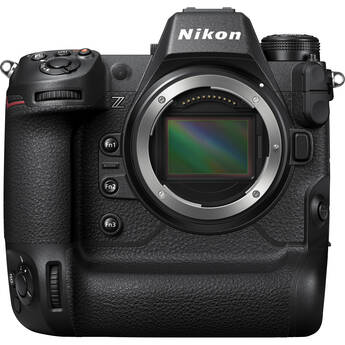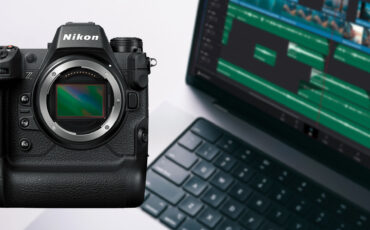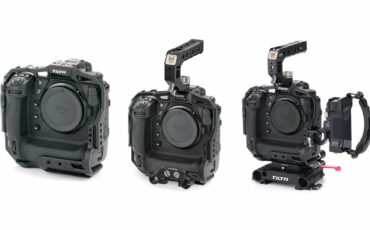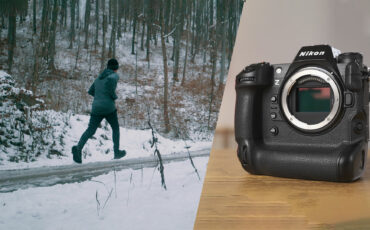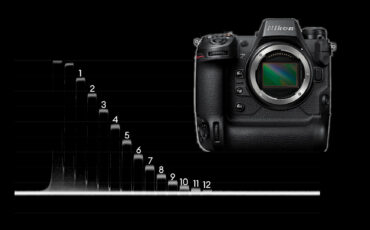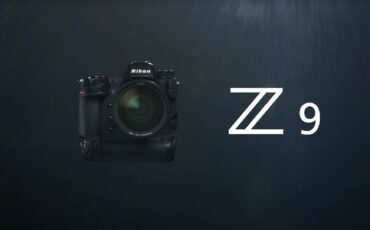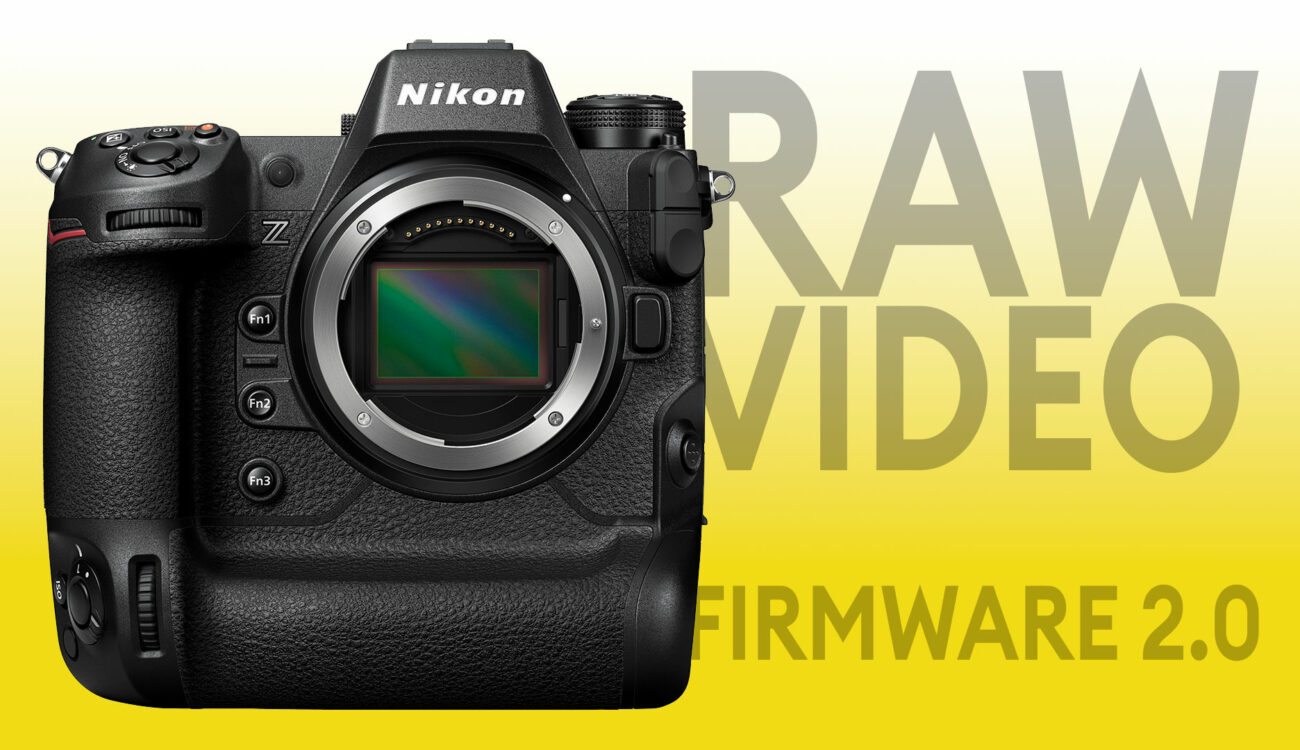
On April 20, 2022, Nikon Z 9 will get a firmware update v2.0 that adds the in-camera RAW video formats – 12-bit N-RAW video at up to 8.3K 60p as well as internal 12-bit ProRes RAW HQ up to 4.1K 60p. Furthermore, the free firmware update brings a variety of video, stills, and functionality upgrades.
At the end of last year, Nikon finally announced its flagship camera with very impressive specs – the Nikon Z 9. You can take a look at Johnnie’s Z 9 review and Gunther’s Z 9 lab test to get the full picture of the camera’s capabilities. From the very beginning, Nikon planned to improve the camera over time with future firmware updates. Well, a major firmware update v2.0 for the Z 9 is coming very soon and Nikon just published the details. Let’s take a look, shall we?
Nikon Z 9 firmware v2.0
Perhaps the most impressive new feature of the firmware v2.0 is the addition of the in-camera RAW video formats – 12-bit N-RAW video at up to 8.3K (8256×4644) 60p as well as internal 12-bit ProRes RAW HQ up to 4.1K 60p. In regards to the infamous RED patent, I am not entirely sure how Nikon managed to include internal ProRes RAW when so many other camera manufacturers needed to remove the codec from their devices, but it is definitely good news.
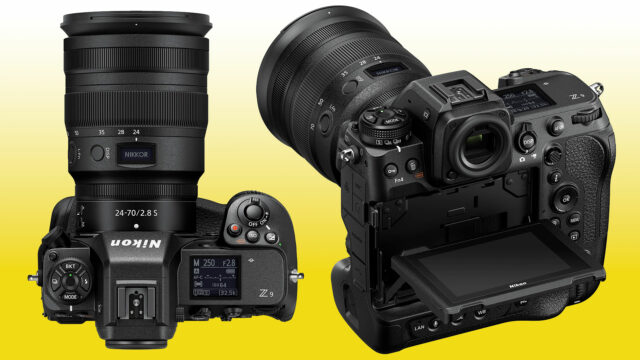
According to Nikon, this should improve the dynamic range and flexibility of the Z 9 for color grading. The company further claims that the new N-RAW (.NEV file) packs all the depth and detail of 12-bit RAW video into a file that’s half the size of equivalent ProRes RAW HQ files. Currently, N-RAW will be supported by EDIUS X ver.10.3.2 and DaVinci Resolve 17.4.6. For N-RAW readout in 8K, DaVinci Resolve Studio 17.4.6 is required.
Fundamentals of Directing
Other new features of the firmware v2.0 are oversampling from 8K at 4K UHD 60p for sharper image, a new Pre-Release Capture function, enhancements to autofocus, and a variety of features that enhance ergonomics both for video and stills shooting.
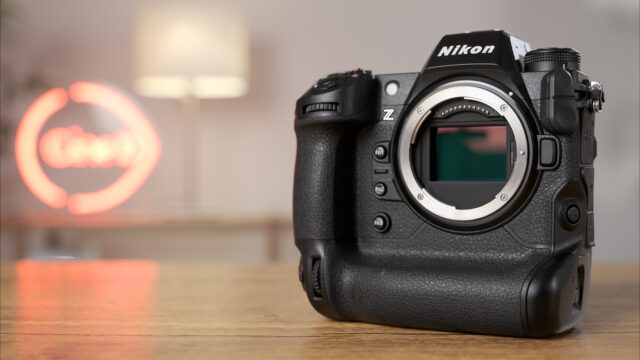
Full list of upgrades
Here is the full list of the videography and cinema upgrades for the Nikon Z 9:
- Addition of internal N-RAW video recording up to 12-bit 8.3K 60p and 12-bit ProRes RAW HQ up to 4.1K 60p.
- Nikon’s new N-RAW raw video format records a vast amount of scene information, yet is a significantly smaller file size, allowing for much more recording time and less intensive workflow. N-RAW footage can be recorded in the following formats: 8.3K 60p, 24p, or 4.1K 120p, 60p, 30p, 24p while in full frame/FX mode, 3.8K 120p with a 2.3x Crop, or 5.3K 60p, 30p, 24p with a DX (1.5x) crop.
- The N-RAW format also creates an mp4 proxy file, which is efficient for previewing, quick transfers or edits on the fly.
- 4K UHD 60p footage can now be oversampled from 8K footage, allowing for the sharpest and cleanest possible 4K content.
- A Red “REC” frame indicator on the monitor and viewfinder has been added during recording to easily identify when video is being captured.
- A Waveform monitor has been added to confirm the brightness levels and position of the subject while recording.
- A new dedicated video info display gives various video recording settings at a glance, such as frame size and rate, audio settings, codec, bit depth and HDMI output settings, all of which can be confirmed on a single screen. Additionally, a frame rate/size display on the top control panel helps to confirm when the rear monitor is difficult to view.
- A “Fine ISO control (Mode M)” enables exposure adjustment in increments of 1/6 EV for ultra-precise and smooth changes in exposure.
- The Fast AF-ON function allows a user to assign different AF speeds to separate controls. From a slow rack focus to a fast transition, two speeds are now assignable on customizable buttons to improve video shooting efficiency.
- To enable slow shutter video recording of extremely dark scenes or intentionally introduce blur when shooting video in M mode, the shutter speed can be set at a slower than 1/frame rate.
- With select frame rates and resolution settings, the user now has the ability to save consecutive frames in a selected section of video footage as a series of JPEG images while the playback is paused.
Next, here is the full list of the still photo upgrades for the Nikon Z 9:
- Pre-Release Capture feature acquires hard-to-predict moments, allowing for the burst capture of images up to a full second before the shutter is fully pressed (this feature can be configured only when High-Speed Frame Capture+ is active).
- Twenty types of Custom Wide-Area AF selection patterns have been added, giving the user more control over what part of the frame they want to focus on, which can also work in conjunction with subject detection. This is useful for a variety of sports and situations such as volleyball or a finish line. Twelve additional patterns are available for video capture.
- The new Retouch menu feature, “Motion Blend” creates an in-camera overlay from a series of subject movements from continuous shooting into a single picture in-camera. For example, a snowboarder’s aerial can be captured from start to finish sequentially in one finished frame.
- AF stability, tracking performance, and subject detection in low-light situations have been enhanced.
- When reviewing images, users now have the option to skip to the first shot in a given burst.
- For capturing star trails and long exposures, Firmware 2.0 enhances the Z 9’s Long Exposure display to include a live count of the exposure time. Users also can now dim the viewfinder further and with greater precision to preserve power and their night vision.
Finally, here is the full list of additional functionality upgrades for the Z 9:
- The Z 9’s Real Live Viewfinder provides a truly blackout free view. Firmware 2.0 adds the high fps viewfinder display function to increase the refresh rate to 120 fps for a smoother, more lifelike view.
- Auto Exposure (AE) has been enhanced to have more stable exposure with human faces, such as when a subject turns away from the camera and then faces it again, or when the composition changes.
- Improved “Prioritize viewfinder” monitor mode gives a familiar shooting and review flow.
- “Prefer sub-selector center” is added to the custom menu, improving the operability of the sub-selector.
- Improvements in AWB even when the scene changes rapidly and adjustments to “Choose color temperature” and preset manual WB.
- A new custom setting: Focus Point Selection Speed allows users to adjust the speed that AF points can be moved through the frame.
- For confirmation of high-speed shooting, visual shutter release indicators appear clearly on the display and the Real Live Viewfinder.
- Enhanced memory set/recall function enables instant recall of several focus positions.
- “Recalling shooting functions (hold)” is now added to the conventional “Recalling shooting functions,” enabling the users to maintain the recalled function without continually pressing a button.
- Option to switch focus/control ring roles helps photographers who don’t need manual focusing employ the control ring.
Upgrades for the Z 6II and Z 7II, new remote grip and CFexpress card
Additionally, Nikon has announced AF performance enhancements and other improvements with firmware v1.4 for the Z 6II and Z 7II. This update will enhance the stability of the AF, preventing the focus point from unintentionally moving to the background. The ability to emulate linear focus with select lenses will also be added while manually focusing so that users can smoothly adjust the focus position as intended with an operational feeling similar to cinema lenses. This firmware update also supports the ML-L7 Remote Control (Released in September 2018).
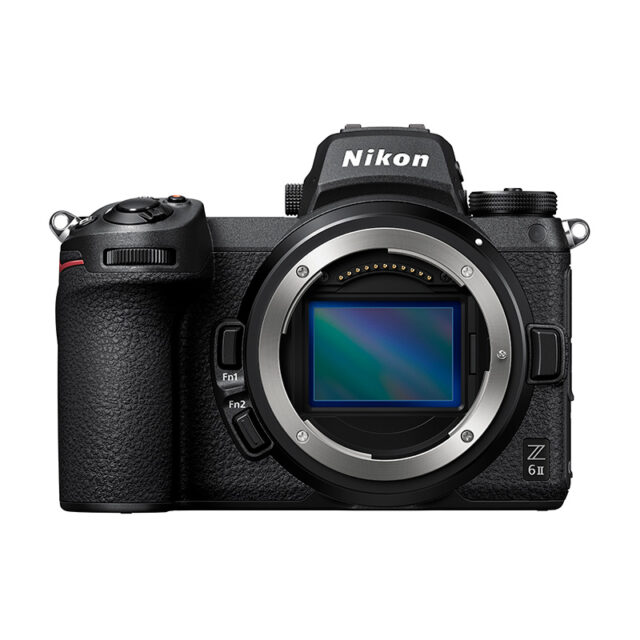
The company also announced the development of the MC-N10 Remote Grip for Z-mount mirrorless cameras. The MC-N10 is an accessory that allows remote control of Nikon cameras via a wired connection (including still shooting). Further details, including pricing and availability, will come at a later date.
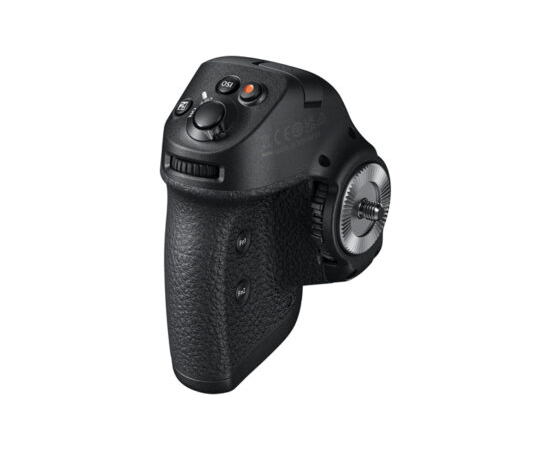
Last but not least, Nikon launches the MC-CF660G – a CFexpress Type B memory card with a capacity of 660GB. It realizes a maximum read speed of approximately 1700 MB/s and a maximum write speed of approximately 1500 MB/s. According to Nikon, it is particularly suited for video/still shooting with the Nikon Z 9.
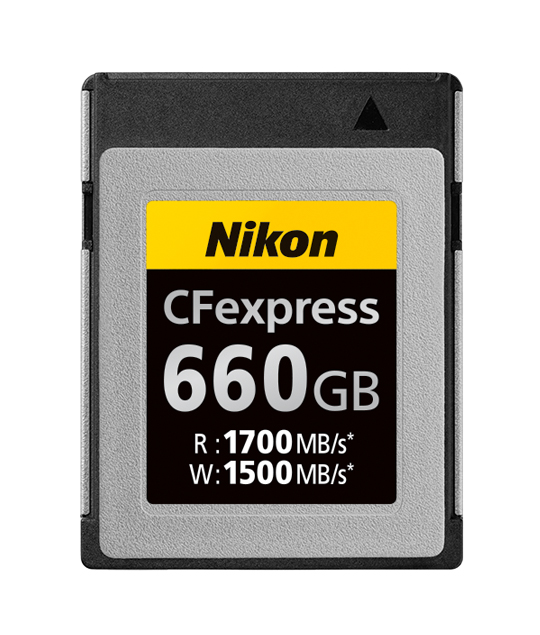
Price and availability
The new firmware v2.0 for the Z 9 as well as the firmware v1.4 for Z 6II and Z 7II will be available free of charge on April 20, 2022, on the Nikon support website and via the SnapBridge app soon afterward. Further details about the MC-N10 will come at a later date. The new Nikon MC-CF660G CFexpress card will be available starting in June 2022 for a suggested retail price of $729.95.
The availability of the Nikon Z 9 itself (currently priced at $5,497) is unfortunately not that great. B&H currently claims that the “supply of the Nikon Z9 is highly constrained; orders placed today will likely not ship for several months.” Hopefully, the situation will stabilize soon.
What do you think about the new Nikon Z 9 and the new firmware v2.0 improvements? Let us know in the comments section underneath the article.



